Please read this guest post about the quantum Internet by Stephanie Wehner, Professor at the University of Technology in Delft, The Netherlands.
In March 2017, we invited Stephanie Wehner, Professor at QuTech at the Delft University of Technology to give a guest-lecture to RIPE NCC staff about the Quantum Internet project. We were curious to learn about this new technology, its consequences for the "traditional" Internet, and how we can make the connection between cutting-edge research and the RIPE community.
We were so excited about this lecture that we encouraged Stephanie to submit a presentation for RIPE 74 in Budapest, Hungary (see slides and video).
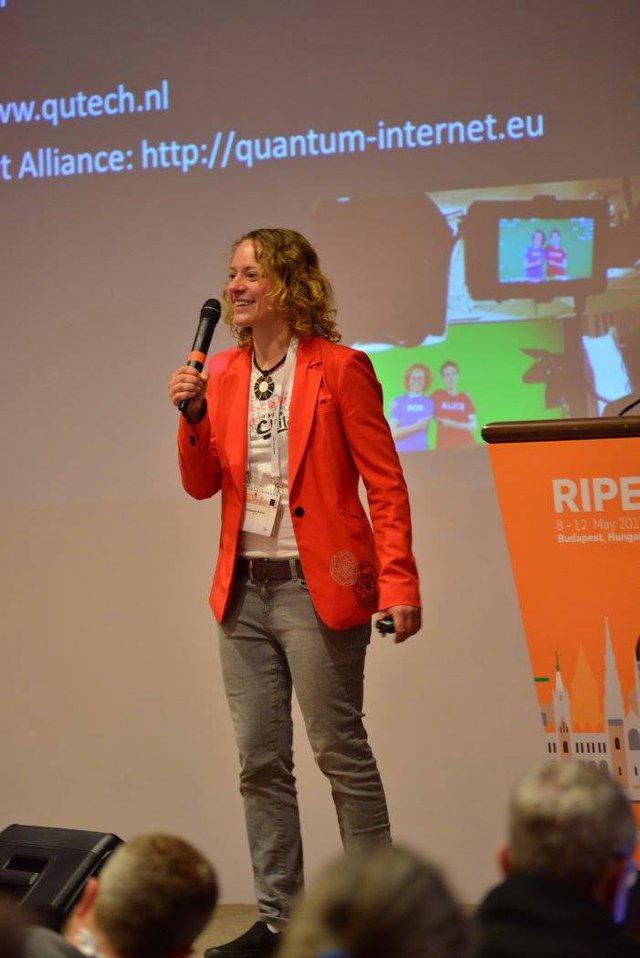
The Technical Basics of Quantum Computing
The goal of the quantum Internet is to enable transmission of quantum bits (qubits) between any two points on earth in order to solve problems that are intractable classically. Qubits are very different from classical bits in that they can be “0” and “1” at the same time, and cannot be copied.
Currently, it is possible to make a transmission over 100km, and run a single application known as quantum key distribution. The next challenge is to go long distance, and to connect small quantum processors to enable a larger range of applications. Thankfully, these quantum processors do not need to be large quantum computers: a handful of qubits are already enough to outperform classical communication. The reason why quantum Internet nodes do not need many qubits to be useful (unlike quantum computers) is that a quantum Internet derives its advantages from quantum entanglement for which even a single qubit can be enough. In contrast, a quantum computer always needs more qubits than can be simulated on a classical supercomputer to be useful.
Use-cases for quantum networking currently include:
- Secure communication with the help of quantum key distribution
- Clock synchronisation
- Combining distant telescopes to form one much more powerful telescope
- Advantages for classic problems in distributed systems such as achieving consensus and agreement about data distributed in the cloud
- Sending exponentially fewer qubits than classical bits to solve some distributed computing problems
- Secure access to a powerful quantum computer using only very simple “desktop” quantum devices
- Combining small quantum computers to form a larger quantum computing cluster
In general, quantum networking exploits two essential features of quantum entanglement: first, quantum entanglement is inherently private – if two network nodes are maximally entangled, then this entanglement is completely shielded from anything else in the universe according to the laws of quantum mechanics. Second, quantum entanglement allows maximal coordination – measuring two qubits that are entangled always results in the same outcome no matter how far they are apart. It is this feature of perfect coordination that gives advantages in, for example, clock synchronisation or even winning online bridge more often using quantum entanglement.
Dutch Test-bed Network
QuTech at the Delft University of Technology and TNO, in collaboration with the European Quantum Internet Alliance, is leading with the efforts to establish a quantum Internet, and aims to have a demonstration network in 2020 connecting four cities in the Netherlands. This network may be the first of its kind in 2020, and will allow the end to end transmission of qubits between any two network nodes consisting of few qubit processors.

The quantum network in The Netherlands
Transmitting Qubits Over Long Distances
One may wonder why it is difficult to send qubits over long distances. Roughly speaking, one qubit corresponds to just one photon which is easily lost over distance. The technology needed to transmit qubits over long distances is called a quantum repeater. A quantum repeater works very differently than a classical repeater, exploiting the fact that qubits can be transmitted using quantum teleportation. Quantum teleportation works by first creating two entangled qubits between two network nodes. Once the entangled link is created, the qubit to be transmitted can be sent over it.
Imagine two network nodes that are 200kms apart – too far for direct transmission. A quantum repeater in the middle works as follows: first two entangled qubits are created between the first endpoint and the repeater. This is possible since this endpoint and the repeater are only 100kms apart. Second, two entangled qubits are created between the repeater and the second endpoint. The repeater then uses quantum teleportation to transfer the qubit that is entangled with the first endpoint to the second endpoint. The end result is end-to-end entanglement between the two endpoints. Qubit data can now be transmitted using this entangled link.
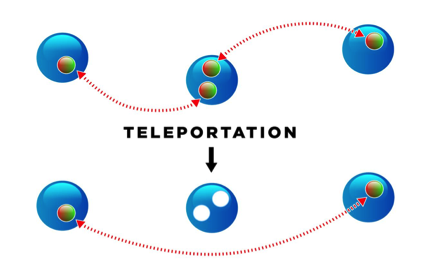
The concept of a quantum repeater
Involvement with the RIPE Community
After this research project is accomplished, industry partners from the RIPE community are needed to take over in order to scale, increase the speed and make this new technology added to the "traditional" Internet, as a parallel service. A quantum Internet also needs significant protocol development to define a networking stack adapted to the transmission of qubits, and the management of entanglement. This requires the help of the RIPE community at large to develop a classical protocol stack to control a quantum Internet and implement protocols to route qubits.
Join us at the Open Day at QuTech
On 22 June 2017, QuTech is organising a presentation and a tour at the lab at QuTech in Delft, the Netherlands. Here is the programme for the day:
09:30 Welcome
10:00 Presentation - Stephanie
11:00 Start lab tours
12:00 Light lunch & meet & greet - Stephanie
Please note that participation is limited to 25 people. Please register HERE if you are interested in participating.
If you are interested to learn more, please join us at one of the events listed above, or get in touch with Stephanie and her team. You can also leave a comment below.

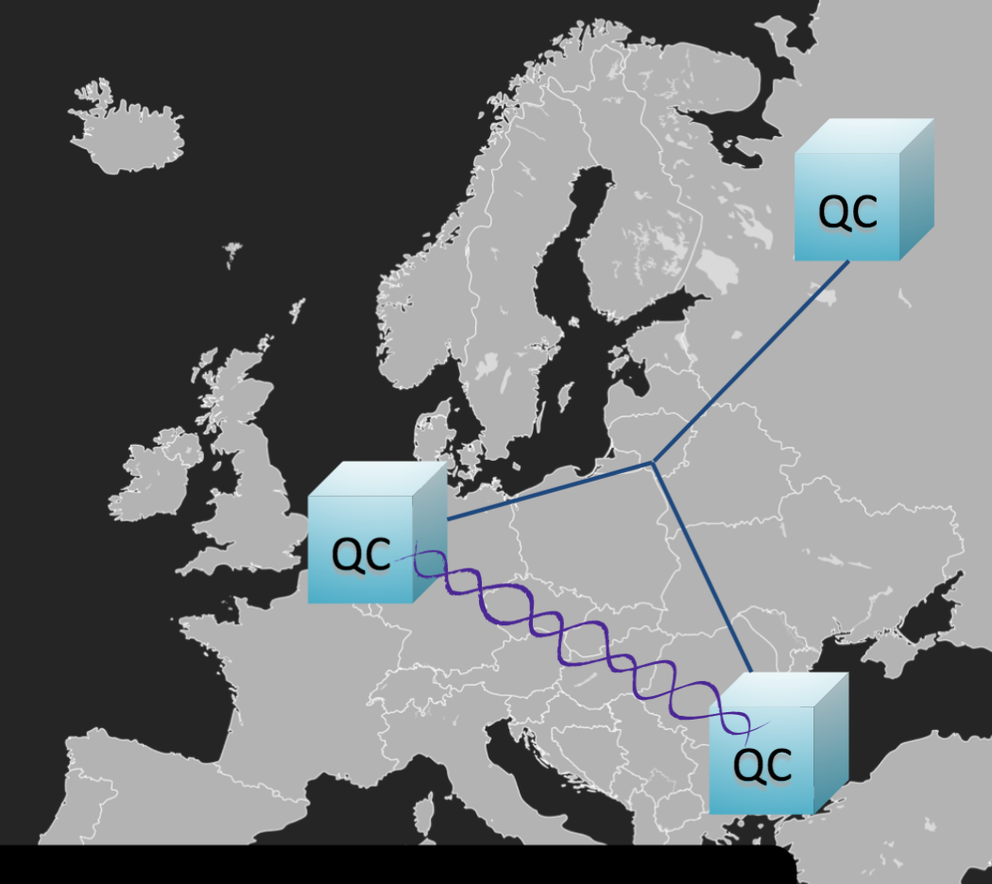
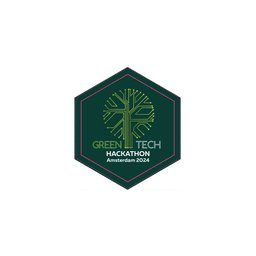
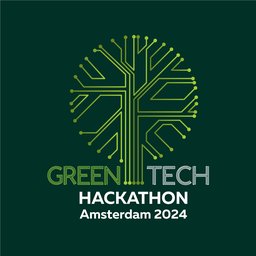
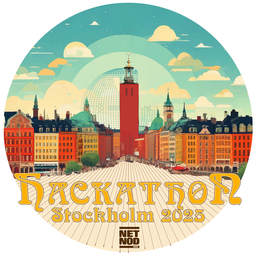
Comments 1
The comments section is closed for articles published more than a year ago. If you'd like to inform us of any issues, please contact us.
Vesna Manojlovic •
Hi, here is a lecture about Quantum Networking from summer 2020: "QSI Seminar: Prof. Rodney Van Meter, Keio University, Engineering the Quantum Internet, 30/06/2020" https://www.youtube.com/watch?v=FZsEOhM4mIY Vesna